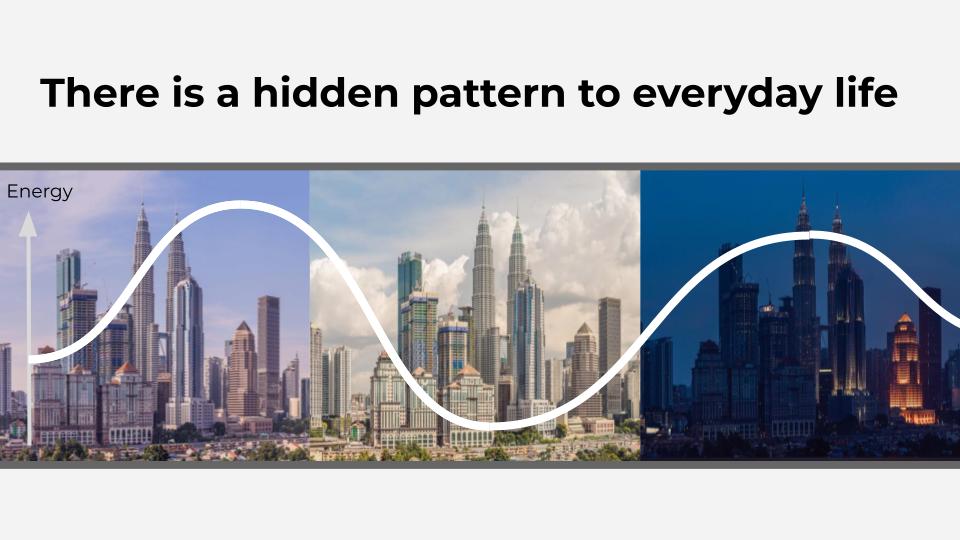6th April, 2020 • 3 min

Written by Coran Lui
21st November, 2023 •

We’ve all been there – trying to reply to messages while on a phone call, reading your emails whilst attending a webinar or virtual meeting, or engaging in side conversations during an ideation session.
In our fast-paced, modern world, multitasking seems like the best (and sometimes the only) way to get things done.
But actually, research shows that multitasking actually makes us less productive – up to 40% less productive. It also doubles our mistakes and leaves more things unfinished.
Cognitive science finds that what we call “multitasking” is really just rapid task-switching. This is because our brains lack the capability to effectively multitask – especially with complex cognitive tasks.
Constant digital disruptions like notifications pull us into fragmented thinking, making deep focus challenging. And giving in to distractions limits our productivity.
The solution? Give focused attention to one task at a time, because it aligns with how our brains thrive and improves performance. You may be thinking, “easier said than done” – but luckily, there are strategies that we can use to help.
Continue reading to learn more about our inability to multitask, and discover practical strategies to stay productive at work.
Why can’t we multitask?
Research shows that the human brain is not able to effectively carry out two or more cognitively demanding tasks at the same time.
Instead, it tries to switch between tasks as quickly as possible. For all tasks, we lose time when we switch from one to the other. And as tasks become more complex, we lose even more time.
This is known as the switch cost effect, which states that it takes roughly 25 minutes to return to an original task when interrupted.
In our day to day work, although we might not even be aware of this, we face a high demand for cognitive resources at all times. The part of our brain that manages attention has to balance this demand on both a micro and macro level.
Our brain has to be able to zoom out, look at the bigger picture and construct long-term goals. It also has to analyse on a micro level, choosing what to prioritise and focus on, how to execute tasks, storing and retrieving information continuously as we switch from one task to another.
Even from a neuroscientific perspective, task switching is exhausting since it is depleting our brain’s energy reserves.
So how can we stay focused?
To help shift our perspective on multitasking and improve our focus, here are three simple strategies:
1. Understand your circadian rhythm
Our energy levels do not remain the same throughout the day, which can make us susceptible to losing focus at different parts of the day. So it’s important to understand our own personal preferences.

Research by Dan Pink shows that there is a hidden pattern to everyday life, and that we tend to fall within one of three main categories: morning larks, night owls, and ‘third birds’ (people that fall somewhere in between).
You can identify which bird you are by finding the midpoint between the time you usually sleep and the time you get up. If this time is between 1 and 3am, you are a morning lark. If it is between 6am and 12pm, you’re a night owl. And if it’s between 3 and 6am, you’re a third bird (around 75% of us are).
Knowing this is valuable to understand our energy levels throughout the day. We all experience each day in several stages: the peak, trough, and the rebound.
Take the third birds and morning larks for example: they experience their peak between 8am-12pm, their trough around 2-4pm, and their rebound around 4-8pm.
Meanwhile, the night owls do it the other way around: they rebound during the morning, experience their trough (often dipping even lower than other two types), and then peak in the late afternoon.
Knowing this is useful when managing and scheduling our time, to help us to be as productive as possible.
2. Adapt to your rhythm and schedule according to energy (not time)
In our peak, we are at our most focused – we are analytical and better at problem solving. What this means is that we should be prioritising our most important work, as well as analytical tasks during this time. The peak is precious – use this as your focus time.
In our trough, we find ourselves in the least productive part of the day. While it is unlikely that we can just sit back and relax until we reach the rebound, we can still make use of this time effectively. Ideas of things to do include checking your emails, or completing work that doesn’t require as much brain energy.
Something else we can schedule during our trough, are breaks. Taking regular breaks can enhance our brain function and help us stay focused for longer. Read our blog for more on how to take effective breaks.
In our rebound, we are more insightful and innovative. Tasks that are great to do in this stage are creative tasks, such as ideation sessions, exploring new solutions to problems, and learning something new.

Look at your to-do list and your upcoming week in your calendar: is there something more you could do to optimise your time and avoid task switching?
Could you block time out for different tasks and rearrange existing tasks to best fit your rhythm?
Of course, it’s rare to have full control over your time and schedule. This is about what you can realistically do, whether it is something you can put into practice next week, next month, or even further ahead.
And when we start thinking about our schedules in terms of our energy rather than the time we have, we can start to take more ownership over our work and feel confident that we are making best use of our day.
3. Turn off notifications and put your phone away
Something else that can help us to stop task switching is being in control of our distractions.
And one of the biggest distractions in our day to day is our email or message notifications. When we’re at work, we can feel pressure to be reachable by email or instant messaging platforms (Slack, Teams) at all times.
When a notification pops up or our phone vibrates, that is more than enough to divert our attention. The average professional spends 28% of their workday reading and replying to emails, which amounts to around 2.6 hours spent and 120 messages per day.
As a result, our attention spans have shrunk significantly.
Psychologist Gloria Mark ran a 20-year long study, and found the average amount of time individuals focus on a task before getting distracted has gone from 2.5 minutes in the early 2000’s, down to around 47 seconds in 2022.
The solution?
Turn off your notifications, and instead schedule in purposeful time for checking emails and messages. While the frequency that you set will be dependent on your role, this helps free up valuable brain energy to focus on other tasks at hand.

The same principle applies to our mobile devices. We might think that having a one minute scroll of our social media, or checking for messages is harmless – when it actually adds up. On average, we lose 74 minutes every workday to our phones.
And even having our phone around affects our focus. Research finds that just having our phone within our sight (even if it’s faced down) reduces our cognitive capacity, and can cause our IQ to drop by up to 10 points.
That is why when we are not actively using them, it is important to put our phones in silent mode, turn off notifications and store them out of sight, ideally in a different room.
And if we combine this with scheduling in dedicated focus time, we become significantly more likely to be productive with our work.
3 key takeaways
At Higson we run workshops and training programmes to improve productivity and wellbeing of individuals and teams. If you would like to learn more about how to avoid multitasking and make the most out of your workday, please get in touch.